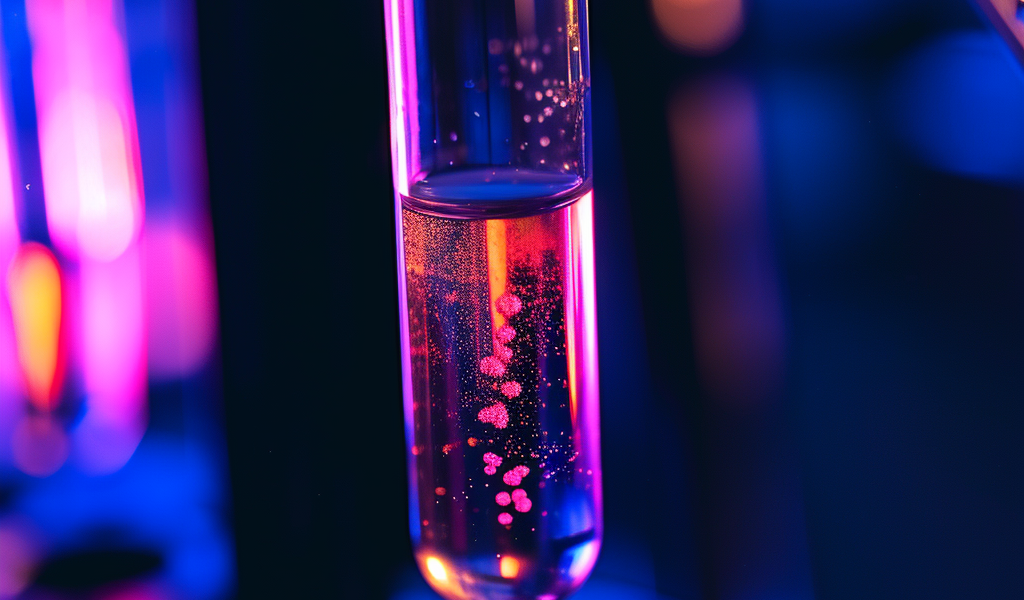Enzyme for biocatalysis uses solvent as a substrate
Formate dehydrogenase, a key enzyme in biocatalytic processes, has been found to have the capability to use formamides as both solvent and substrate in a groundbreaking new discovery by researchers at Ruhr-University Bochum. Traditionally, the enzyme has been utilized to make electrons available as fuel for further reactions by removing them from a substrate, with NAD+ as the substrate and CO2 as the waste product. However, the team led by Dirk Tischler has now revealed that the enzyme can also break the C-N bond, a feat previously thought to be difficult to achieve.
The research team’s experiments demonstrated that formamides, which are common and inexpensive solvents, can serve as both the solvent and substrate in the reaction. This novel approach not only results in the production of NADH and NADPH but also prevents the reactions from running backwards, as CO2 is produced as a waste product and escapes. The team’s findings, published in the journal ACS Catalysis, show that using formamides as an electron source for NADPH formation can achieve equivalent or even slightly better results compared to the conventional system with formate. The researchers also developed more stable mutants of the biocatalyst, which remain active in up to 40 percent by volume of formamides, opening up new possibilities for biocatalytic processes.
Dirk Tischler, the head of the working group, expressed his excitement about the discovery, stating, ‘This reaction has never been described before.’ The study, titled ‘Unlocking Catalytic Diversity of a Formate Dehydrogenase: Formamide Activity for NADPH Regeneration and Amine Supply for Asymmetric Reductive Amination,’ was published on 26th January 2024. The researchers’ findings have the potential to revolutionize biocatalytic processes and pave the way for new applications in the field.
For media inquiries, please contact Meike Driessen at Ruhr-University Bochum via email at meike.driessen@uv.rub.de or call the office at 49-234-32-26952.





